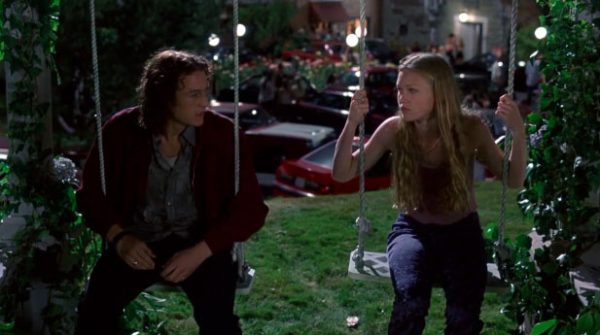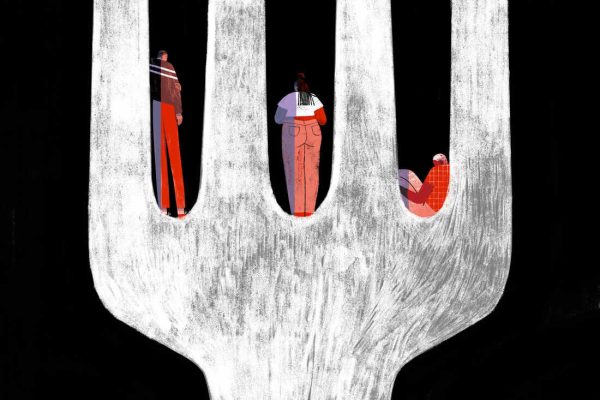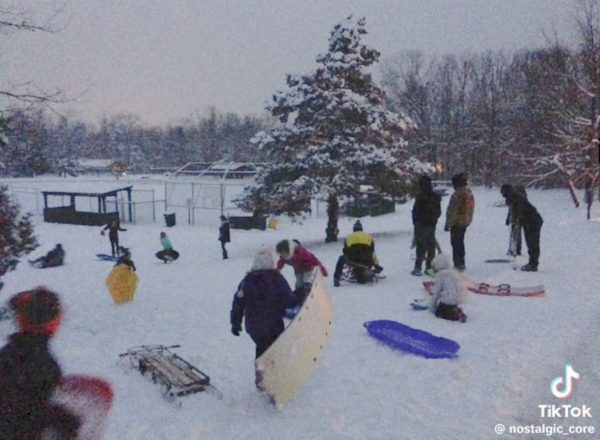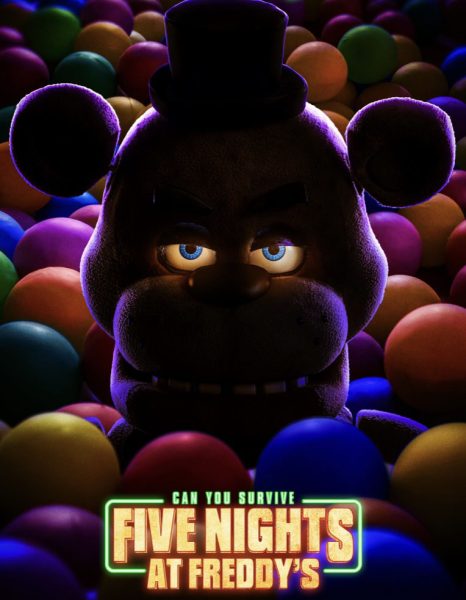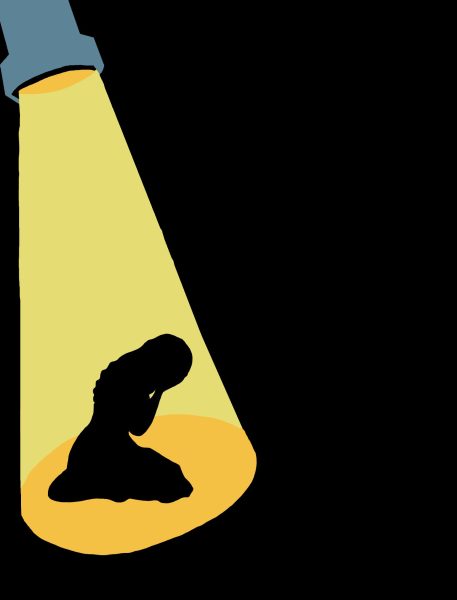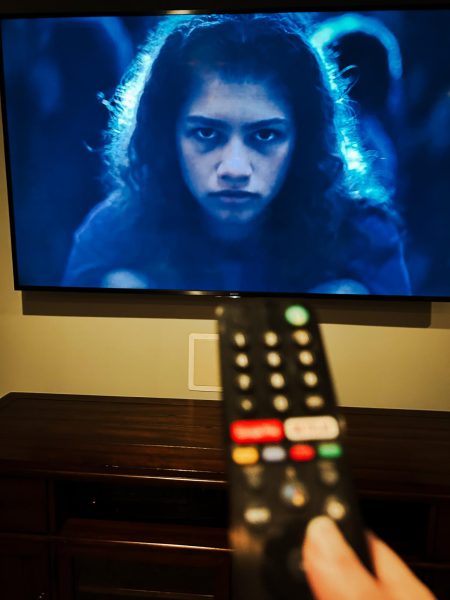The way we see it Issue 2
March 7, 2017
140 million children worldwide are currently without homes and without families world-wide. Most wait in foster-care or orphanages for an average of eight years until they are adopted. One hundred thirty-five thousand children from around the world will be adopted in the United States each year. But which ones will be lucky enough to be adopted?
Families looking to adopt often prefer children with certain characteristics, moving some children through the system faster, but a disproportionate amount of certain ethnicities, genders and races are left without permanent homes. From a young age, children are conditioned to believe that certain characteristics are more desirable. A young black boy will see his white female infant counterparts adopted at a much more rapid rate. Soon he begins to question his own worth.
Children’s self esteem can suffer from a young age. They see how the rate of adoption is often linked to physical traits. A child can learn to hate his body at a young age because his traits are less “desirable” than other children’s appearances.
Discrimination also occurs with age. Families often tell adoption agencies that they want infants. They say they want the ability to raise a child as their own. Sixty-two percent of children adopted outside of the foster-care system are placed with an adoptive family when the child is less than one year old. As a child gets older, his or her chance of getting adopted drops dramatically, leaving them in foster care for significantly longer times.
Secondly, families want girls, especially in the U.S. According to National Survey of Family Growth conducted by the Centers for Disease Control and Prevention claims that 64 percent of children adopted in America are females.
Race also plays a key role in the adoption process. Seventy-three percent of adopting parents are white, and the majority of adopted children are white as well. However, disproportionate numbers appear between the number of available children and their respective race within the population. This inequality is most evident in the black populace. In the general U.S. population, 14 percent of children are black, but in the foster care system over 35 percent of children are black.
Another often overlooked population in need of adoption is the special needs populace. Even after the Hague Convention set standards for international adoptions in 2008, many countries like China, the Czech Republic and Ghana still have separate protocols for adopting special needs children. In America, for the last 20 years, an average of 6,400 children with physical special needs languish in the system per year. Fourteen percent are not even available for adoption based on factors such as health and behavior according to the North American Council on Adoptable Children and American University. Despite efforts from agencies like Love Without Boundaries, special needs children are still vastly under-adopted.
This “desirability” of a child affects the price of adoption. Adopting a child can range from a few hundred dollars to over 40,000 in the U.S. According to Allan Collard Wexler, a economist at Caltech, in 2006 white baby girls cost the most while older black boys cost the least.
Public adoptions, or adoptions conducted through foster care, and private adoptions conducted through an independent agency have separate price ranges–public agencies usually begin at zero dollars and go upwards of $3,000 while private businesses begin around $15,000 and can potentially cost more than $40,000. Private agencies are not government-funded like foster homes, which often jacks the price of adoption up. However, children of color are still priced less than white infant girls in both systems, which plays into the self esteem of a child.
The logical conclusion is that the difference in adoption prices is like selling premium cuts of beef. That these children are nothing more than a product to make a profit. However, the system is only doing what is necessary to stay afloat and allow the most children to be adopted long-term. The problem is not the pricing of the children but the mindset of the families themselves.
The Mill Stream believes that all children deserve a loving home. Too many children are left without a permanent home for easily preventable reasons. No child should be left unadopted because of physical traits. Prospective parents should look for the mind inside the body, not a face that fits into the image of a “perfect” family. The perfect fit may not be found in a physical wishlist, but instead in a mental and emotional connection that will stand and strengthen for years.





